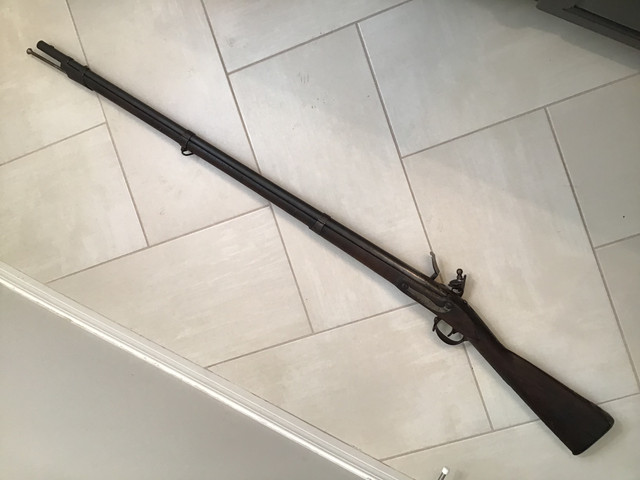It is neither a "frawk" nor a "frankenstein". It is an Austrian Model 1842 Engineer's Rifle, sometimes known as a Model 1844 Extra Corps Musketoon. While the gun is a conversion, it was not converted from flint. The Austro-Hungarian Empire originally went from flint to tube-lock rather than what we know as the standard percussion cone and cap. The M1842 series was a complete line of tube-lock, .71 caliber weapons for their military from infantry to cavalry and rifle troops. The tube lock was not as reliable as the standard percussion system used by almost all other nations and they later went to the cone and cap ignition with the introduction of the Lorenz designed weapons in 1854. The M1842 weapons line was obsolete and surplus to the Empire's needs after the Lorenz series was adopted and a large percentage of them - 23,371 - were quickly purchased for the use of Federal troops by Herman Boker of New York. very few if any went to the Confederacy who's agents had beaten Federal purchasing agents to Britain where they tied up all available P53 production leaving the Federals desperately short of weapons for their rapidly expanding army. Boker had the tube-lock to percussion conversions done in Liege, Belgium where they were also lightly rifled as well before importing them to U.S. Ordinance. Because of the over-sized bore of .71 caliber, the Austrian as well as Prussian and the excellent French military arms imported for Federal use were rated 3rd Class and saw very little service with front line troops but they did allow troops to train with something other than broom sticks.
For more information and excellent photos of the Austro-Hungarian weapons, see the excellent book on arms imported from Europe for the American Civil War, Firearms From Europe, Second Edition by Whisker, Hartzler and Yantz .





